Benchmarks: Rob Hare — Woodworking solutions, right under your nose


Making things has always been a focus of my life. Wood and metal have been equal passions. It wasn’t until I’d gotten an MFA in Sculpture in 1974 that I started combining them in my work. As I headed out into the world to become the next great sculptor, I thought about what had motivated me.
My grandmother had a beautiful wooden box containing a mah-jongg set. Its beauty made me want to touch it and explore the various drawers! However, I was young and grown-ups said, “Don’t Touch!” Since then, I have come to understand that the box and its attractive design and finish had something my sculpture was missing, enticement to be explored. So, I made boxes with sculptural interiors—carved, fabricated, or cast bronze. I even made the hinges and handles to encourage opening them.
I worked on that series called Heirloom Boxes for six years. A gallery in New York took interest in them. However, when I moved them from storage, I discovered the tops wouldn’t close or open and they were cracked. The gallery owner liked what he saw but said he wouldn’t sell something that fell apart. Who could blame him?
A year earlier a good friend had given me a subscription to Fine Woodworking, which I had only skimmed. All the solutions to my woodworking problems were right there under my nose, thoughtfully waiting to be discovered. I spent years rebuilding those pieces. There is a truism about learning the hard way. Thanks to Bruce Hoadley, I haven’t had a disaster like that since.
Meanwhile, I had to earn a living. I was working as a carpenter and structural steel welder. Clients would see the boxes and although they weren’t interested in them, they asked if I would make furniture for them. I could and I did. Fine Woodworking had by then proved its worth in many ways and accompanied me as furniture replaced sculpture as my driving interest. I learned about grain matching and finishes that called out to be touched. I solved bandsaw blade tracking issues by reading Michael Fortune’s articles. I came to understand that sharp scrapers were more accurate than sandpaper and created a lot less dust. Oftentimes I used the articles as a springboard, starting with what I read and then tweaking the method to come up with what worked for me.
My furniture is recognized for combining wood and forged metal. The wood calls out to be touched. The metal provides a structural and visual underpinning to the furniture. Drawers ask to be opened. Or at least that’s what I hope.

Rob Hare
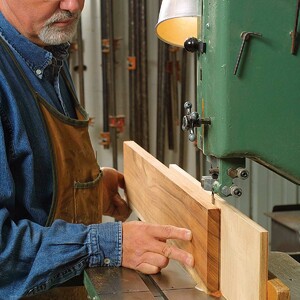 |
Five tips for better bandsawing
Michael Fortune’s no-hassle approach delivers smooth, straight cuts on the bandsaw. Michael Fortune |
 |
Water and Wood
Bruce Hoadley explains moisture content in wood and its relationship to relative humidity and shrinkage and swelling. R. Bruce Hoadley |
The Scraper Can Replace a Stack of Sandpaper
A modest tool earns its keep in many ways Philip C. Lowe |
|
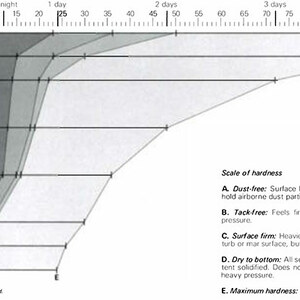 |
Oil/Varnish Finishes
Experiment to find the right proportions |
 |
Designing With Grain
English-walnut sideboard demonstrates how grain patterns can take a piece to the next level Jason Roberts |
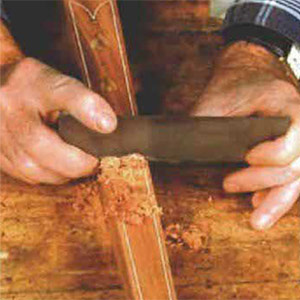
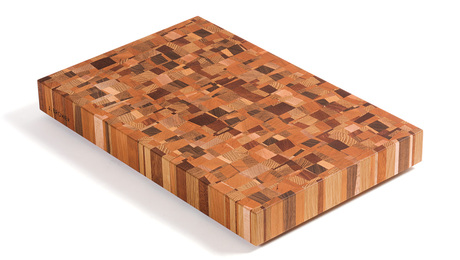
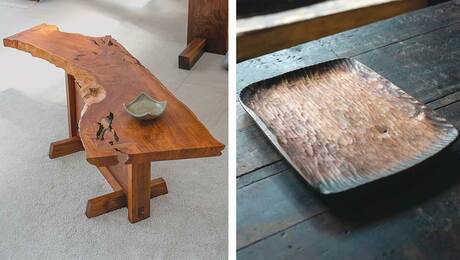
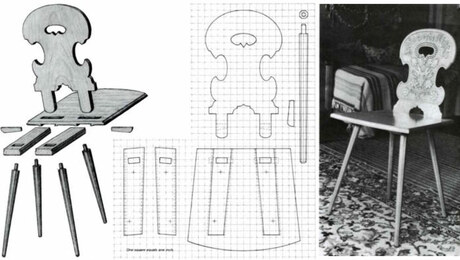
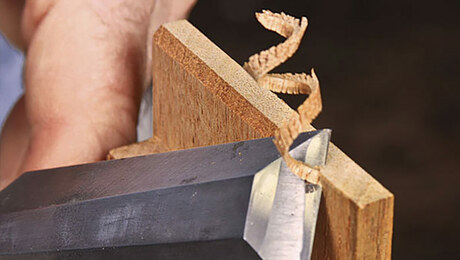


















Log in or create an account to post a comment.
Sign up Log in